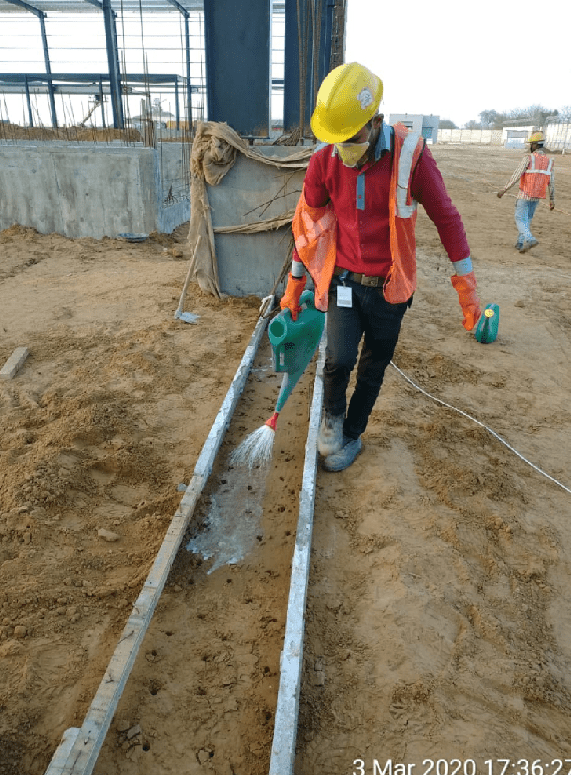Virex II 256 One-Step Disinfectant Cleaner and Deodorant; Quat Based Disinfectant
COMPOSITION/INFORMATION ON INGREDIENTS
Classified Ingredients
|
Ingredient(s) |
CAS # |
Weight % |
|
Didecyl dimethyl ammonium chloride |
7173-51-5 |
5 - 10% |
|
n-alkyl dimethyl benzyl ammonium chloride |
68424-85-1 |
5 - 10% |
|
Ethyl alcohol |
64-17-5 |
3% - < 5% |
|
Tetrasodium salt of EDTA |
64-02-8 |
1% - < 3% |
|
Lauryl dimethyl amine oxide |
1643-20-5 |
1% - < 3% |
|
Sodium sesquicarbonate |
533-96-0 |
1% - < 3% |
Many airborne diseases affect humans. Understanding diseases that spread through the air, and how to prevent and avoid them, is important. There are several treatment options, as well, which people need to know if they catch an airborne disease. Simple measures, such as staying home when sick, reducing contact with people who are sick, and other prevention methods, are also looked below Fast facts on airborne diseases Here are some key points about airborne diseases. These illnesses, including colds and flu, are transmitted through the air. Many airborne diseases are common and can have mild or severe symptoms.Prevention tips include good ventilation to swap indoor and outdoor air. Ventilation methods, such as opening a window or using fans, help to exchange dirty air. Treatment for less serious airborne diseases includes rest and fluids
Overview
Airborne diseases are commonly spread by sneezing and coughing, making the diseases difficult to control. Airborne diseases are illnesses spread by tiny pathogens in the air. These can be bacteria, fungi, or viruses, but they are all transmitted through airborne contact. In most cases, an airborne disease is contracted when someone breathes in infected air. And a person also spreads the disease through their breath, particularly by sneezing and coughing, and through phlegm. These facts make controlling these diseases more difficult.
Prevention
Airborne diseases are widespread and easily treatable, in most cases. Complete prevention is difficult, but there are some ways to reduce exposure to the pathogens that cause them.
Hygiene and sanitary habits
Regular hand-washing and other good sanitary habits will help prevent the spread of airborne diseases. The Maine Department of Health and Human Services suggest that carrying out good sanitary habits can greatly reduce the risk of transmitting airborne diseases. Wearing a hospital mask in public, and covering sneezes and coughs with an elbow or tissue, are some of the good habits that are recommended. Regular hand-washing can also help lower the spread of bodily fluids that may contain disease-causing germs. Ventilation and air management The United States Environmental Protection Agency (EPA) recommend increasing ventilation to help exchange air between the inside and outside of a building. In an unventilated area, pathogens, pollutants, and moisture can build up to unsafe levels. Cleaning the air with a filter is another part of keeping an area as free of pollutants and pathogens as possible. A few basic filtering methods include mechanical air filters, UV purification, HEPA filters, after complete sterilization and disinfecting the premise is done





Copyright 2022 Shridhar Management Services . all right reserved - Developed and Promoted by LizardTech Marketing Solutions